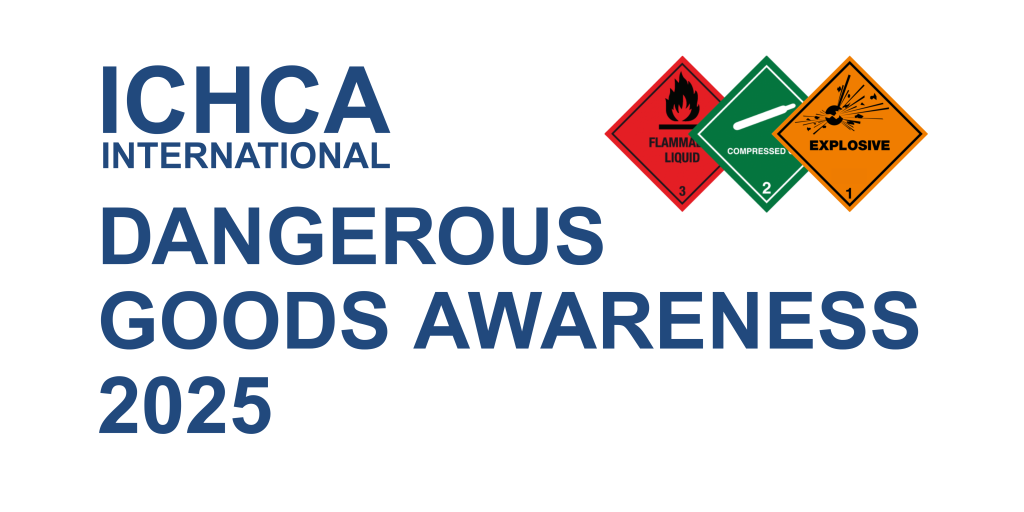| Today we look at the potential for simple phrases used in shipping documentation that through error or omission might mean there are unexpected dangerous goods involved. We are also developing a video on this topic which we will release in the coming months to help raise awareness of the potential for hidden dangerous goods. |
| According to TT Club, millions of tonnes of packaged dangerous goods are safely transported each year. These include everyday items such as fireworks, propane, gasoline, lighters, bleach, solvent-based paint, aerosols, pest control substances, charcoal, and lithium batteries. When properly packed, labelled, and documented, these goods can be transported safely in compliance with international regulations. |
| However, when dangerous goods are misdeclared, improperly packaged, or inadequately documented, the risks to people, cargo, infrastructure, and the environment can be severe. Ensuring that shipping documentation accurately reflects the nature of the cargo is essential for managing these risks and preventing catastrophic incidents. |
|
| The Consequences of Misdeclared Dangerous Goods |
| The consequences of incorrect or misleading shipping documentation can be severe. If a road or rail carrier, port, or vessel operator is unaware that they are handling dangerous goods, they cannot implement the appropriate safety measures. A single oversight in the supply chain can lead to serious accidents, endangering lives and causing significant damage to vessels, terminals, and the wider environment. Tragically, past incidents have resulted in loss of life and entire ships being lost due to undeclared dangerous goods. |
| It is estimated that approximately six million shipping containers carry dangerous goods each year. Concerningly, around 1.3 million of these may not be properly packed or may be incorrectly classified. While some misdeclarations are the result of mistakes or a lack of knowledge, others are deliberate attempts by bad actors to bypass regulations. |
|



